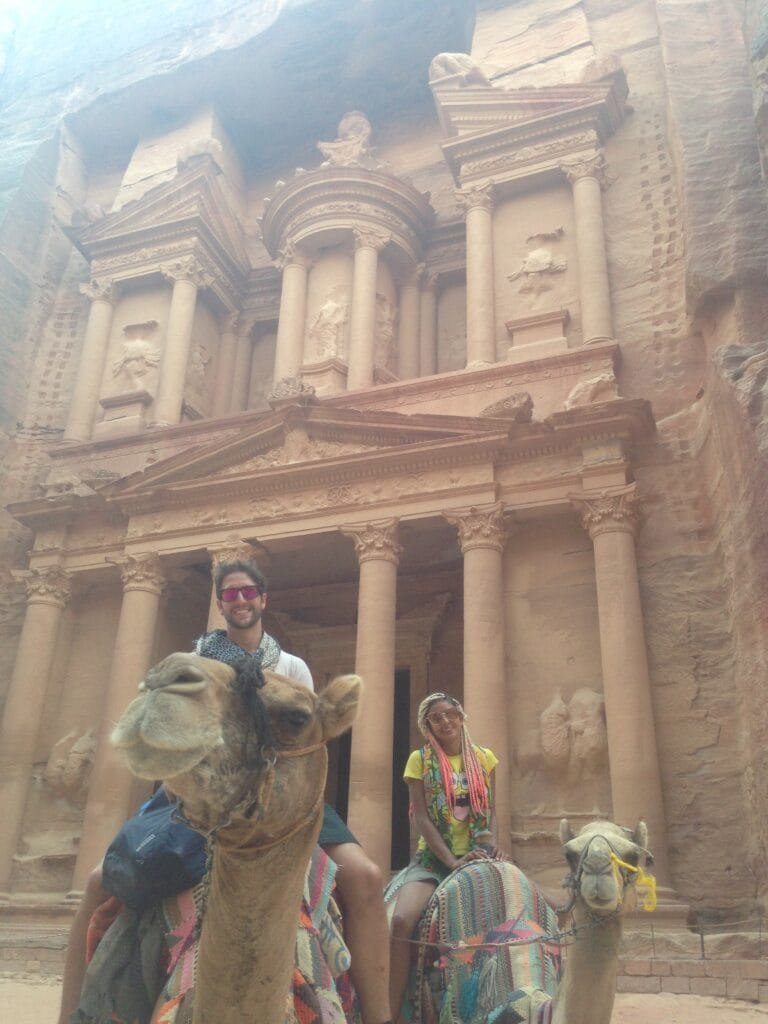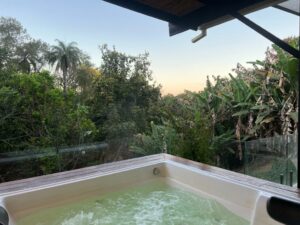There are many ways to go about doing this and I’m sure everyone has “their way”, I’m going to give you my preferred method. Whether you use my way or some other way entirely (or none at all!) is unimportant. What is important is to try and familiarize yourself with the places that you’ll be visiting, what it’s like there, what you’ll need to survive, thrive and do the things you’re going there to do, and how the hell you’ll get around?
Put simply, try to determine specific things that you would like to do in the countries your going to, join the dots, and figure out what you need to be able to make the joins happen! The only thing left to do is to try and determine which direction is the best to take for your route, weather, events and seasonal attractions feed significantly into this consideration.
When looking into the counties you will be traveling to there are important questions you must always ask yourself:
Will I need a visa before I depart or can I purchase one on arrival?
How do I want to get around in the country; what is the best form of transport? (Do I need an International Driver’s license?)
Are there dangerous parts of the country which I should avoid?
Where will I stay?
There’s obviously many more, but that’s plenty to get you started!
So, without further ado, here’s my method for planning your route:
- Inspiration: Most of us have a reason for why we chose a particular place to go. This could be an attraction, a city, an event, a course, a person, pretty much anything!
- To Do: List out all the most important things you want to do/see on your trip.
- Research: Deep dive into the attractions and experiences you want to do. For help with this you can visit websites like Visitacity and GetYourGuide to discover popular attractions, landmarks, and activities in each destination. Don’t forget to check out reviews sites like Tripadvisor and more t o get real people’s feedback. Also, take into account the seasons, weather conditions, and peak travel times of your chosen destinations. This will help you plan your route strategically to avoid overcrowding, secure accommodations, and make the most of favorable weather conditions. Additionally, consider transportation options and logistics, such as the proximity of destinations and the most efficient travel routes between them.
- To Do: Conduct your research and list out all the places you want go in some sort of rough order (I usually do this either by location or by priority!)
- Determine Travel Duration: Estimate the amount of time you want to spend in each destination based on the availability of attractions, your personal preferences, and any specific events or festivals you wish to experience. Consider factors like transportation time between destinations and the pace at which you prefer to travel. Rome2rio is super useful for calculating travel times and it offers a host of different transportation options, including flights, trains, buses, and ferries, to help you plan your route efficiently. The other factors to consider when determining your duration might include:
- What’s your budget? If you haven’t got one, check out my post hon How to make a budget you can stick to!
- How much time you can get off work?
- Whether you can make money while you travel to extend your trip? Check out my post on this too if this is something your interested in but are unsure where to start.
- To Do: Do a rough calculation for how long you’ll need in each place to do your desired experiences and attractions, add in transportation time and total it all up. Cross reference the total against your budget (+ projected on the road incomes if you have any). If you’ve got more days than you can afford, you’ll have to start trimming!
- Plan Accommodations: Research accommodations that suit your preferences and budget. Websites like Booking.com and Airbnb are great places to start, but I was always a big fan of couchsurfing… especially if you’re on a budget! If you’re going to popular attractions or to amazing locations in peak season, it’s wise to book accommodations in advance. Otherwise, I often like to leave things a bit loose sometimes (but that’s really a personal preference thing!).
- To Do: Book the essential accommodations!
- Create a Daily Itinerary: Definitely don’t do this for every day! However, there are certainly times when it is important. In 2017, Gabi and I had only a few days to see as much of Jordan as possible, and so we hired a driver and worked out an itinerary of all the best places to go. I’m sop glad we did, because if we hadn’t, or if we’d tried to do it on public transport, we would’ve seen probably only half the things we did! Utilize online tools like Google Maps to visualize the locations and calculate travel times between attractions, etc. This will help you optimize your time and plan efficient routes.
- To Do: Prioritize and sequence all the attractions and experiences that run on a tight schedule in you calendar.
- Stay Organized: Keep all your travel details, confirmations, and bookings in one place for easy access during your trip. Use travel planning apps like TripIt or Google Trips itineraries, reservations, and important travel information. These apps provide real-time updates, offline access to maps, and helpful reminders.
- To Do: Create a folder or safe storage place in your carry on luggage for all your critical docs, or log your trip digitally.

Now the important bit…
THROW AWAY YOUR PLAN!
I know what you’re thinking… But WHY?
The answer is simple… serindipity!
If you’ve scheduled your whole trip down to the last minute, you leave no room for random plans, accepting unexpected offers, going on random adventures, etc, etc! Whilst planning your route is important, so is allowing room for flexibility within your itinerary!
Avoid scheduling every moment, as it can lead to a rigid and exhausting travel experience. Leave gaps in your schedule to allow for unexpected discoveries, spontaneous detours, and simply to give yourself time to relax and soak in the atmosphere of a place. Flexibility within the framework ensures that you have a balance between planned activities and the freedom to adapt and explore serendipitous moments.
In my experience, many of those moments come from embracing local recommendations. As you travel, be open to the suggestions and recommendations of locals and fellow travelers. Interact with people you meet along the way, seek their insights, and ask for their favorite hidden spots or off-the-beaten-path gems. These local recommendations often lead to unique experiences that can’t be found in guidebooks, allowing you to connect with the essence of a place in an authentic way.
Look. It might be a struggle to let go of you plan, but TRUST ME! Embracing the liberating act of throwing it away is likely to be the best decision you make. You’ll still have your critical attractions and expereinces, because you’ve done the research and know you want to do , but if you leave space for spontaneity and let the destination guide you towards unforgettable experiences, you’ll have the trip of a lifetime!


